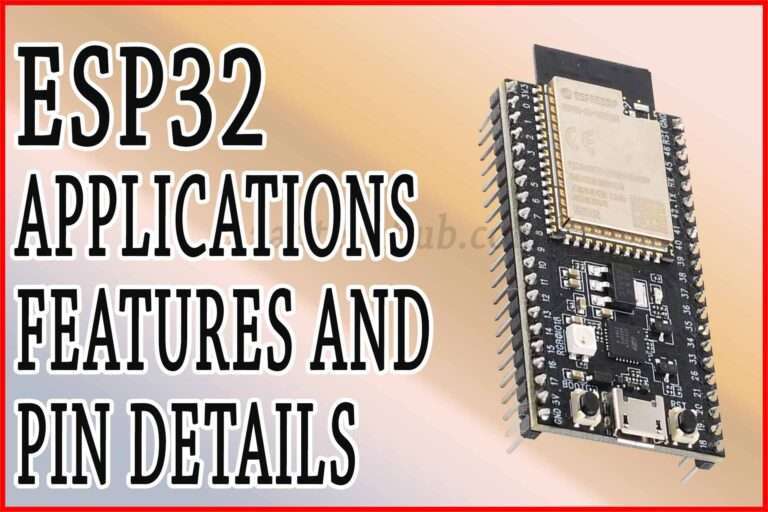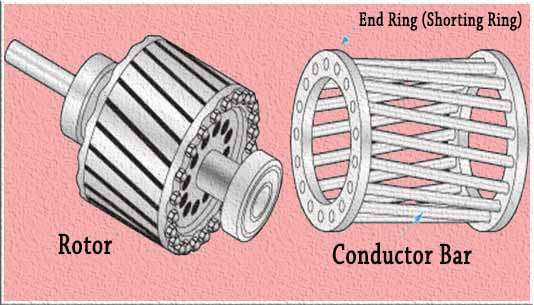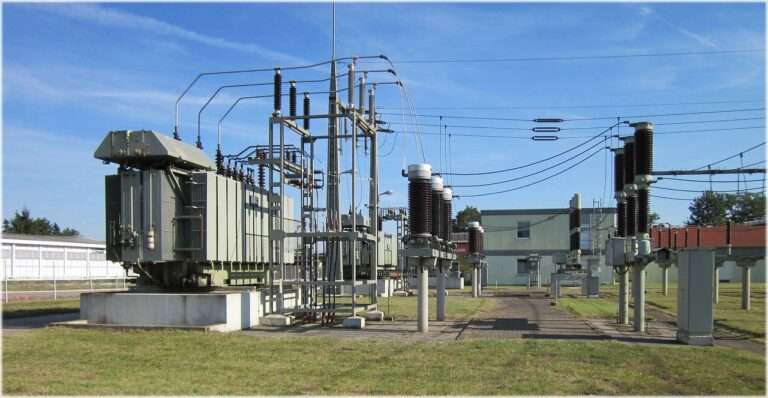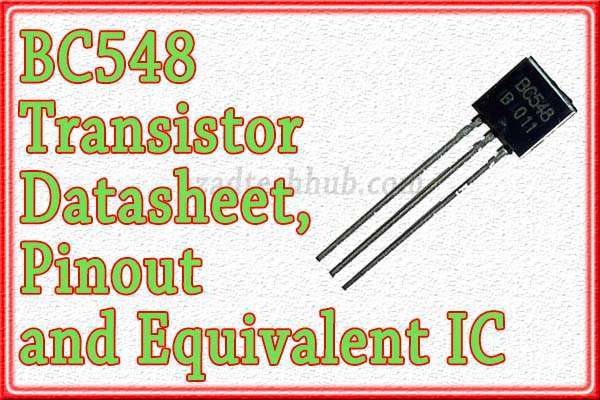BC550C Pinout: Important Features & Equivalent
The BC550C is an NPN bipolar junction transistor (BJT) that is commonly used in various electronic circuits. Understanding the BC550C Pinout is crucial for proper connection and utilization in circuit designs.
Read More
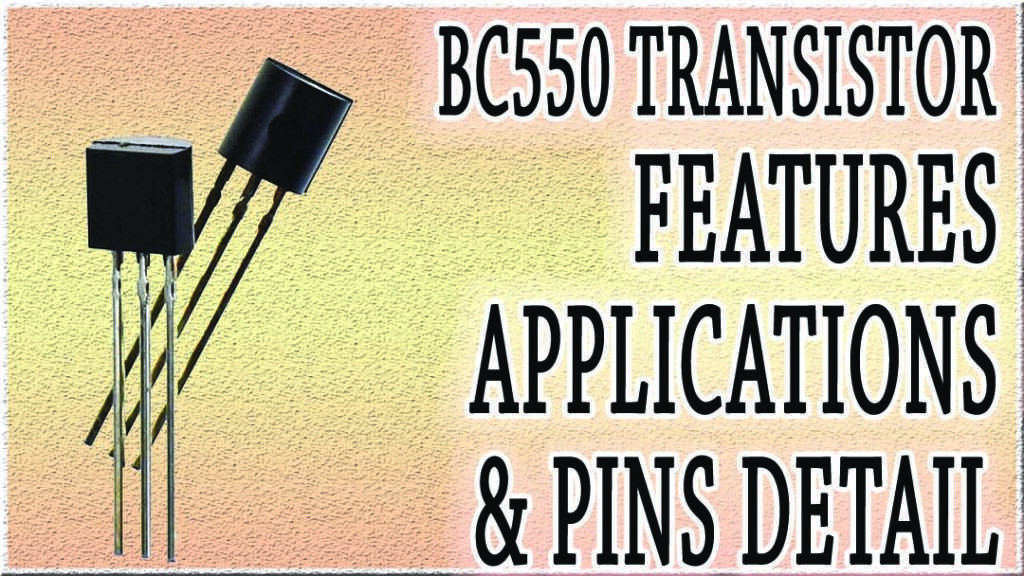
BC550C Pinout
Let’s explore the BC550C pinout in detail.
The BC550C transistor consists of three pins: the emitter (E), base (B), and collector (C). TheBC550C Pinout is as follows:
Emitter (E): The emitter is the first pin of the BC550C transistor, denoted as “E” in the datasheet. It is typically marked with an arrow or a small triangle symbol. The emitter is responsible for the majority charge carriers (electrons for NPN transistors) and serves as the reference point for current flow.
Base (B): The base is the second pin of the BC550C transistor, labeled as “B” in the datasheet. It is located between the emitter and collector pins. The base pin controls the current flow between the emitter and collector, allowing the transistor to amplify or switch electrical signals.
Collector (C): The collector is the third pin of the BC550C transistor, denoted as “C” in the datasheet. It is the output terminal and carries the majority of the current in the transistor. The collector pin is often connected to the positive supply voltage in many circuit configurations.
The BC550C Pinout can be represented in a triangular arrangement, with the pins extending outward from the vertices of the triangle. The emitter pin is typically located on the left side, the base pin is in the center, and the collector pin is positioned on the right side.
When using the BC550C transistor in a circuit, it is crucial to connect the pins correctly to ensure proper functionality and avoid potential damage to the transistor. Referring to the BC550C pinout diagram or datasheet will help identify and correctly connect the pins according to the desired circuit configuration.
Features of BC550C Transistor
- NPN bipolar junction transistor (BJT)
- High current gain (hFE) of typically 110 to 800
- Low noise and distortion for amplification applications
- Suitable for low-power switching and general-purpose amplification purposes
- High voltage breakdown capability
Specifications of BC550C Transistor
- Maximum collector current (IC) of 100 mA
- Maximum collector-base voltage (VCBO) of 50 V
- Maximum collector-emitter voltage (VCEO) of 45 V
- Maximum power dissipation (Ptot) of 625 mW
- Transition frequency (fT) of 100 MHz
- Operating temperature range typically from -55°C to +150°C
Equivalent ICs of BC550C Transistor
BC547C: This is a variant of the BC550C transistor with similar characteristics and pinout configuration. The BC547C can serve as an equivalent or alternative to the BC550C in many circuit designs.
2N3904: This is an NPN transistor with comparable characteristics and pinout configuration to the BC550C. It can be used as a substitute or equivalent to the BC550C in various electronic circuits.
PN2222A: This is another NPN transistor that offers similar functionality and pinout configuration to the BC550C. It can be used interchangeably with the BC550C depending on specific requirements and component availability.
These equivalent ICs provide similar performance and can be utilized as replacements for the BC550C in various electronic circuits, depending on specific needs and component availability.
Related Posts:
- Floating Gate Transistor: Best Features & Applications
- TIP120 Transistor Pinout, Datasheet and Equivalent
- TIP122 Transistor Pinout, Datasheet & Applications
- Transistors BC547: Important Guide to Pinout
- C1815 Datasheet: Important Features to Know About
Follow us on LinkedIn”Electrical Insights” to get the latest updates in Electrical Engineering. You can also Follow us LinkedIn and Facebook to see our latest posts on Electrical Engineering Topics.


